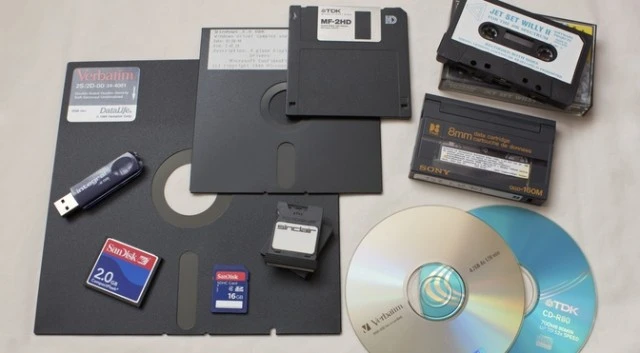In the modern streaming age, you might think physical media is a thing of the past; a relic of a bygone era. But music in the form of vinyl records, and film and television in the form of blu-ray has been making quite the comeback in the last few years.
While physical media is far from the juggernaut it once was, being the primary way to enjoy copies of music, film, and television at home, it’s slowly returning to its former glory. Collecting vinyl records is becoming more commonplace than the niche hipster hobby it once was thanks to programs like Record Store Day, major artists like Taylor Swift and Harry Styles, and classic groups like Fleetwood Mac and The Beatles re-pressing classic albums.
Vinyl records are often seen by audiophiles and hobbyists alike as the highest quality method of listening to music. While it is true that vinyl records have the capacity to be higher quality than its counterparts in the industry, any audiophile will tell you it takes more than a suitcase Victrola record player and a cheap speaker to sound any better than Spotify over your car speakers. The proper equipment to get a clean sound from vinyl sound is often expensive and complicated, creating a barrier for new vinyl listeners to feel their part of the community.
A cheaper alternative to vinyl records would be their smaller shinier cousins, CDs; king of the early 2000s, later dethroned by online streaming services like Deezer and Last.FM. CDs don’t degrade how vinyl does and most cars already have a stereo capable of playing them. While CDs aren’t inherently better than streaming, they have the capacity for storing lossless audio files. Lossless audio files have the same quality as a vinyl record, losing no data in the transfer from studio to disc. However, this does require either knowing where to find lossless CDs or files, and potentially burning them to disc yourself.
For some people, music just isn’t that important to them. It’s just what you listen to while driving or working out, and that’s perfectly alright. High-quality audio is much more of a hobby than it used to be. But with the streaming era extending to film and television as well, the state of physical video media is far more dire than audio. Big streaming services like Max and Disney+ are known to wordlessly remove projects from their catalogs, with others like Netflix and Prime Video jacking up prices and adding more expensive “ad free” tiers to their services. This is a far more finicky system than with audio, with people losing access to their favorite shows and movies with little notice. The easiest way to not lose access to these projects is simple; own them. It is far more difficult to own video than audio, however.
Studios are less inclined to release movies on blu-ray after a theatrical release, and some streaming shows are meant to be “exclusive” to their platforms and never see the light of a physical release. It’s important to save these projects on physical media not only for the sake of people who want to enjoy them now, but for future viewers who might not have access to them once these streaming services shut down, pull the show/movie from their catalog, or just become lost to time.

Leave a Reply